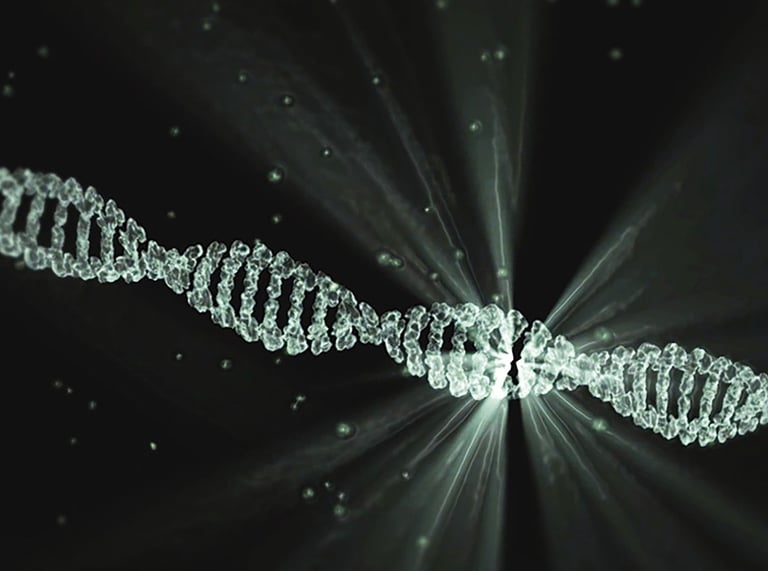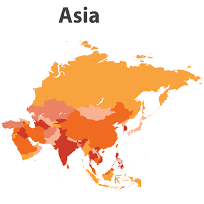Study published in Faculty of 1000 Research identifies epigenetic changes for monitoring disease progression in Huntington’s disease (HD)
- There is a high clinical need for a molecular tool to assess disease progression in HD
- Epigenetic changes identified by EpiSwitch™ can differentiate between healthy individuals, pre-symptomatic HD patients, and symptomatic HD patients
- Following a study published earlier this year in amyotrophic lateral sclerosis1, this is the second successful application of EpiSwitch™ in a neurodegenerative condition
- OBD presented its first epigenetic prognostic biomarkers for pre-symptomatic HD patients at the Cantor Fitzgerald Global Healthcare Conference in New York (1-3 October 2018)
Oxford BioDynamics Plc (LON:OBD) has today noted the publication of a paper in the open access scientific journal Faculty of 1000 Research entitled: “Genomic architecture differences at the HTT locus underlie symptomatic and pre-symptomatic cases of Huntington’s disease”.2 The results published in this study provide the first evidence that discrete and measurable epigenetic changes, in the form of chromosome conformation signatures, are observable in a Huntington’s disease (HD) relevant gene locus.
HD is a fatal, progressive condition that causes degeneration of neurons in the brain. HD is genetically inherited and is thought to affect more than 50,000 people in the United States and Europe alone.3 Currently there is no cure. Although diagnosis of HD is well established and is based on a relatively simple genetic test, predicting the onset of symptoms is difficult and there are currently no effective molecular tools to assess disease onset or progression in HD. For example, current disease assessment methods rely on physician-based surveys which are subjective and some not specific for HD.
In the study, Oxford BioDynamics’ proprietary EpiSwitch™ platform, which monitors epigenetic changes known as chromosome conformation signatures, was used to assess epigenetic differences between pre-symptomatic HD patients, symptomatic HD patients and healthy, unaffected individuals. By analysing small volume blood samples from a number of healthy controls and HD patients, discrete and measurable epigenetic changes were observed in a HD relevant gene locus. These changes could differentiate HD patients from unaffected individuals and importantly, could differentiate between pre-symptomatic and symptomatic HD patients.
Given the high clinical need in having a molecular tool to assess disease progression in HD, these results strongly suggest that this fast, non-invasive, low-cost assessment of chromosome conformation signatures using EpiSwitch™ can be a valuable addition to the current prognostic assessment of HD patients, facilitating improved patient care. Additionally, a simple molecular readout of disease progression would be beneficial in the drug development process as a surrogate marker to assess drug candidate therapeutic efficacy.
Dr Alexandre Akoulitchev, Chief Scientific Officer of Oxford BioDynamics, and corresponding author commented:
“Huntington’s disease is a rare example in which there exists a simple test to definitively diagnose the disease. However genetically diagnosed HD patients can live for decades before the onset of clinical symptoms, and we are lacking in molecular tools to monitor disease progression in these patients.
Results from this study provide an initial proof-of-concept that EpiSwitch™ represents a novel tool to monitor disease progression for HD patients. This could provide an “early-warning” indicator for the onset of clinical symptoms, therefore facilitating improved patient care and lifestyle planning. In addition, there are currently over 20 compounds in different stages of clinical development for the treatment of HD and we believe EpiSwitch™ has the potential to be used as a surrogate measure of therapeutic efficacy for candidates currently in clinical trials.
As we continue to expand our pipeline, we are actively looking to develop strategic partnerships with therapeutic developers, academic research institutes and non-profit foundations focused on HD to validate these results in a larger patient cohort.”
References
1 Salter, M., et al. Initial Identification of a Blood-Based Chromosome Conformation Signature for Aiding in the Diagnosis of Amyotrophic Lateral Sclerosis. EBioMedicine (2018). doi: 10.1016/j.ebiom.2018.06.015
2 Salter M., et al. Genomic architecture differences at the HTT locus underlie symptomatic and pre-symptomatic cases of Huntington’s disease. F1000Research (2018). 7:1757 doi: 10.12688/f1000research.15828.1
3 Rawlins, M. D. et al. The prevalence of Huntington’s disease. Neuroepidemiology (2016). doi:10.1159/000443738











































